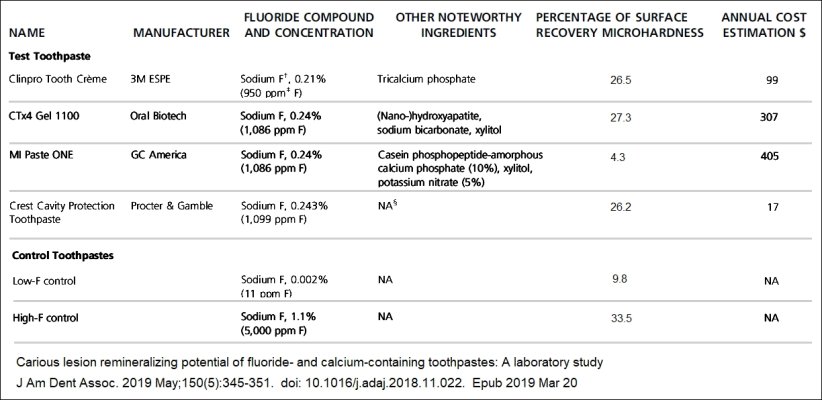I wonder if anyone has actually measured the amount of mercury leached from amalgam, and measured the amount we absorb, and the harm it does ? How does that compare to the amount of mercury that gets into our system from eating fish? Zero tolerance for everything is nutty.
It's not zero tolerance.
I've seen videos of a researcher sticking a mercury-meter probe into someone's mouth, obviously someone who had amalgam fillings. The meter read a mercury level that would cause the building to be evacuated if it was out in the room. And this person was inhaling and absorbing it 24x7.
Amalgam fillings don't last forever. They often eventually get pitted, "corrode," and sometimes fall out. The fillings are almost entirely silver and mercury. The silver doesn't go anywhere. Mercury vaporizes at body temp or close to it, more if you eat or drink hot stuff. Guess where it goes.
I had a filling fall out about 8 yrs ago. Didn't notice it right away due to where it was located. But I realized later that I had a whole constellation of very unpleasant symptoms suddenly explode at just about that time. Long story but it was not fun, and as I tried to determine what was wrong, there were half a dozen clues that pointed to mercury as the cause.
Eventually I got all my fillings (10 of 'em) safely removed, using hazmat procedures. Wasn't cheap, especially as I needed two crowns. But most of those nasty symptoms that were bothering me vanished almost overnight.
Call it zero tolerance if you want to ignore my reality. I was MISERABLE, going half-psychotic, until I dealt with the mercury in my mouth. When the mercury came out, poof! Problems disappeared.
If you have one or two fillings, your body can probably keep up with detoxing it on its own. But I had 10 fillings, so about 5-10x more exposure, and apparently my body couldn't deal with it. I'm much healthier since I got rid of it.


